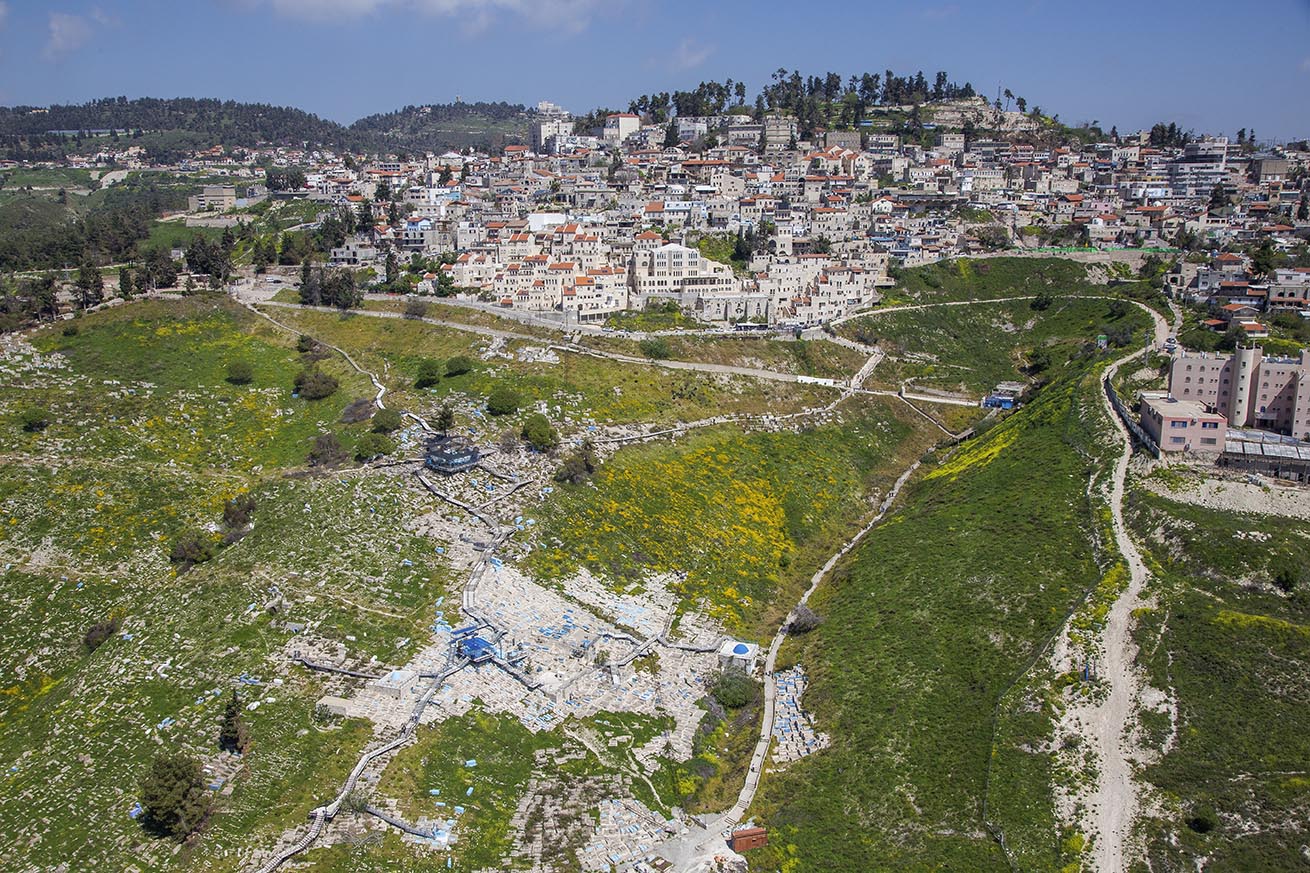The holy city of Tsfat has always evoked deep mystery and yearning. An ancient city synonymous with messianic expectation, it was here that the Arizal, R’ Isaac Luria, revolutionized the world’s understanding of the Zohar half a millennium ago. The area was home to some of the greatest scholars, mystics, and spiritual leaders in Jewish history, who established a spiritual foundation that transformed what it meant to be a Jew forever. They strove to fuse heaven and earth together by merging the hidden and revealed aspects of the Torah. In addition to the Arizal, was the Beit Yosef, R’ Yosef Karo, author of the Shulchan Aruch, the definitive Code of Jewish Law, R’ Moshe Cordovero (the Ramak), R’ Shlomo Alkabetz, composer of the Sabbath hymn L’Cha Dodi, and many other great tzaddikim.
The city awaited imminent global redemption as the Arizal and his student, R’ Chaim Vital, sought to catalyze the events that would bring the Messiah.
Most feel it upon entering the city. There is something special in these ancient stone alleyways, but it is hard to put a finger on it. It hovers just beyond you, permeating the pure tranquil air, beckoning a shift in common life paradigms. Many arrive in search of something, but not clear on what or if it has been found. This is because the place stirs up dormant hope buried deep inside—a hope for better brighter days—an era of unadulterated goodness. Will it ever come about?
According to the Arizal, Tsfat sits directly beneath the heavenly throne. Every thought and whisper is amplified on high. Then there is the power of tikkun—spiritual repair of people and worlds. If Tsfat is the operating room, then the tzaddikim are the surgeons. The extraordinary nature of Tsfat has always been its unique integration of the exalted and sublime with the practical and mundane. This is both her beauty and challenge.
